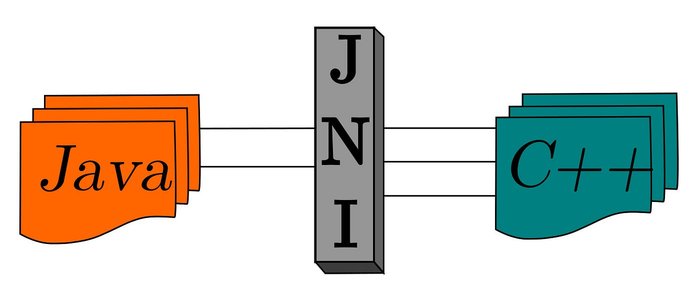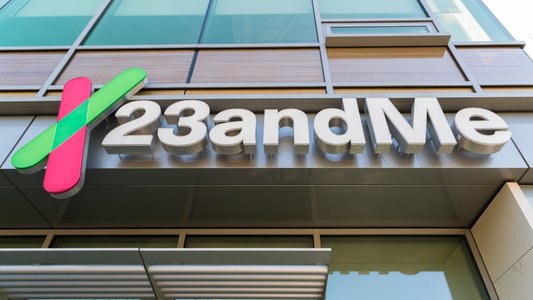Google has begun integrating Gemini Nano, its on-device large language model (LLM), into the latest version of the Chrome browser to combat online spam, scams and phishing campaigns.
As it released its latest version of its browser, Chrome 137, Google announced that it was experimenting with the on-device LLM as an additional layer of protection in the Enhanced Protection mode of the new browser version’s Safe Browsing service.
Chrome's Enhanced Protection mode is the highest level of Google Safe Browsing and the company claims it provides twice the safeguard against phishing and scams compared to Standard Protection mode.
While the use of Gemini Nano is currently restricted to combating tech support scams on Chrome desktop, Google plans to expand this feature to detect other types of scams, including package tracking and unpaid toll scams.
The feature is also expected to be rolled out to Chrome on Android later in 2025.
Gemini Nano to Combat Tech Support Scams
Using Gemini Nano in the Chrome Safe Browsing service leverages the LLM to generate signals that are used by Safe Browsing to deliver higher-confidence verdicts about potentially dangerous sites, such as tech support scams.
When a user visits a potentially malicious page, Chrome's on-device Gemini Nano LLM evaluates the page's content to extract security signals, such as intent. This information is sent to Safe Browsing, which makes a final determination on whether the page is a scam. If deemed a threat, Chrome displays a warning.
The process is designed to preserve performance and privacy. The LLM is triggered sparingly and runs locally on the device, with resource consumption carefully managed.
No tags.




































